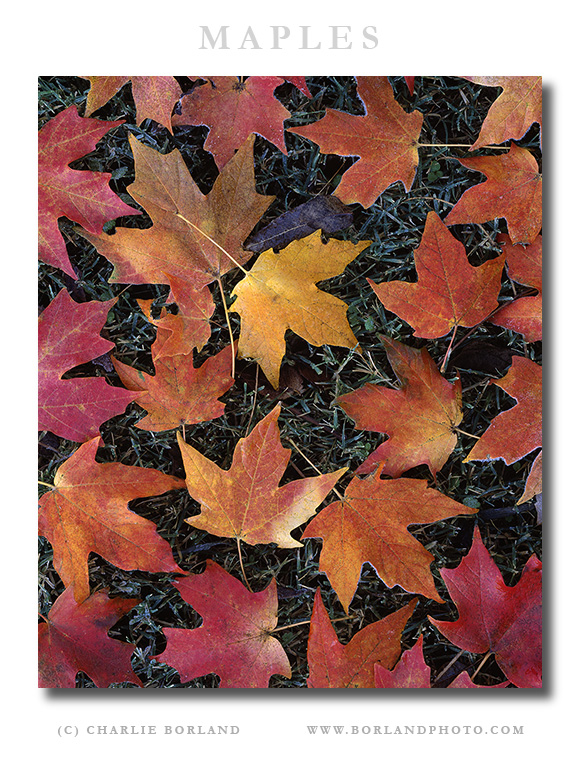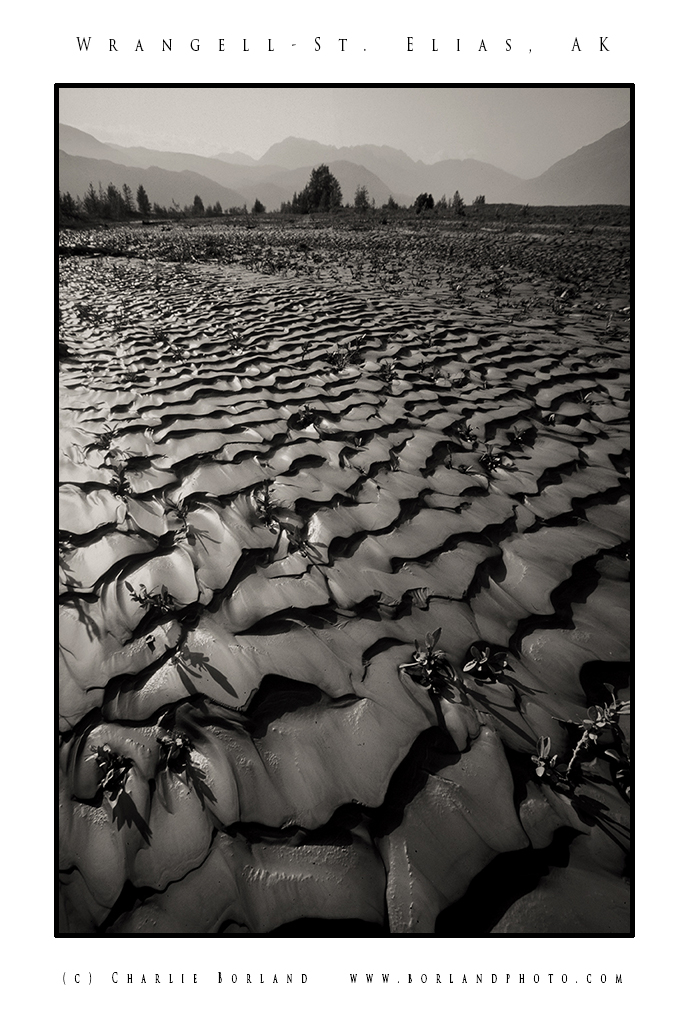


Here’s a photo from Pt. Imperial where I made the journey from outside the park to the rim before sunrise. It was a perfect morning with pretty clear skies.
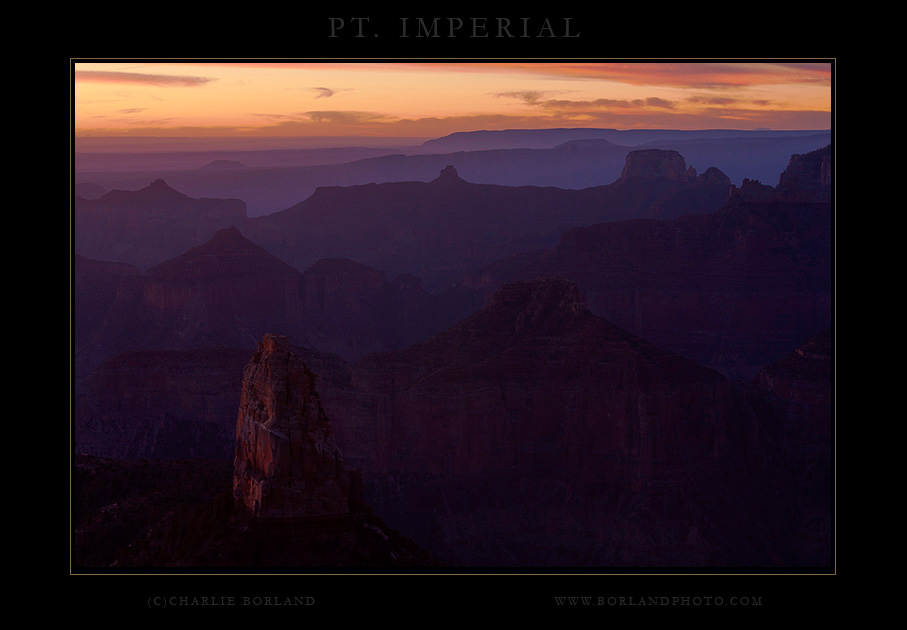
I took the photograph before sunrise at 6:40 am which was 13 minutes before sunrise. When shooting pre-sunrise, if you start early when the alpenglow type light is evident, you have less contrast compared to the minutes before the sunrise.
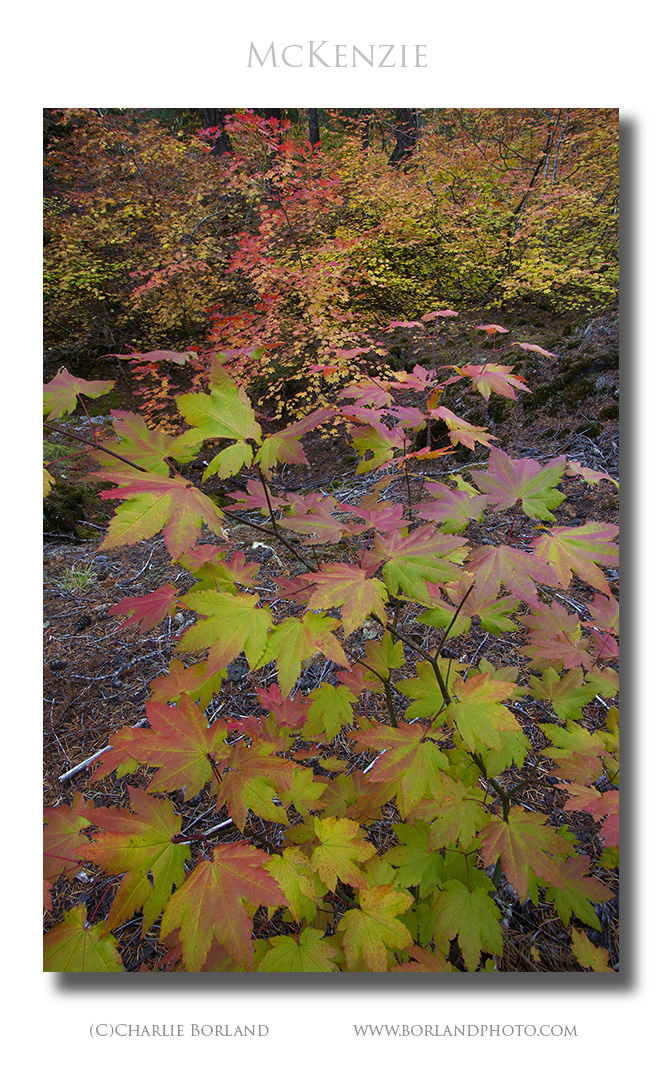 When photographing wide-angle landscapes, often the goal is to make sure everything is in sharp focus. The reason is that usually, we do not like to look at out of focus areas of our scenes. While that shallow depth of field can be a powerful technique to get viewers to look at something in your composition that deserves all the attention, wide-angle landscapes can be more powerful when everything is sharp.
When photographing wide-angle landscapes, often the goal is to make sure everything is in sharp focus. The reason is that usually, we do not like to look at out of focus areas of our scenes. While that shallow depth of field can be a powerful technique to get viewers to look at something in your composition that deserves all the attention, wide-angle landscapes can be more powerful when everything is sharp.I had a really fun photo assignment last month, photographing at the Royal Peacock Opal Mine in Nevada. This mine is a U-Dig operation where anybody can visit, buy a pass to dig in the mine, and hopefully uncover some amazing Opals.
These types of assignments are always fun, not only for what I get to photograph but also for the learning. The creation of Opals is absolutely fascinating, but rather than explain it myself, here is a quick explanation:
‘Opal is formed from a solution of silicon dioxide and water. As water runs down through the earth, it picks up silica from sandstone and carries this silica-rich solution into cracks and voids, caused by natural faults or decomposing fossils. As the water evaporates, it leaves behind a silica deposit. This cycle repeats over very long periods of time, and eventually, opal is formed.’ – Opals Down Under
What was explained to me, and I may not recall exactly, but this silica solution enters into the wood that is buried and estimated to be 12 – 15 million years old, and that wood eventually becomes petrified. Once the moisture leaves the solution, it becomes an Opal.
As I was hiking the desert this last winter, I spotted an area where rain had collected and created this pattern. What I thought was very interesting was how the mud was totally wet and then following the cracks, totally dry. It made for a nice composition was my feeling and I shot it with an iPhone.
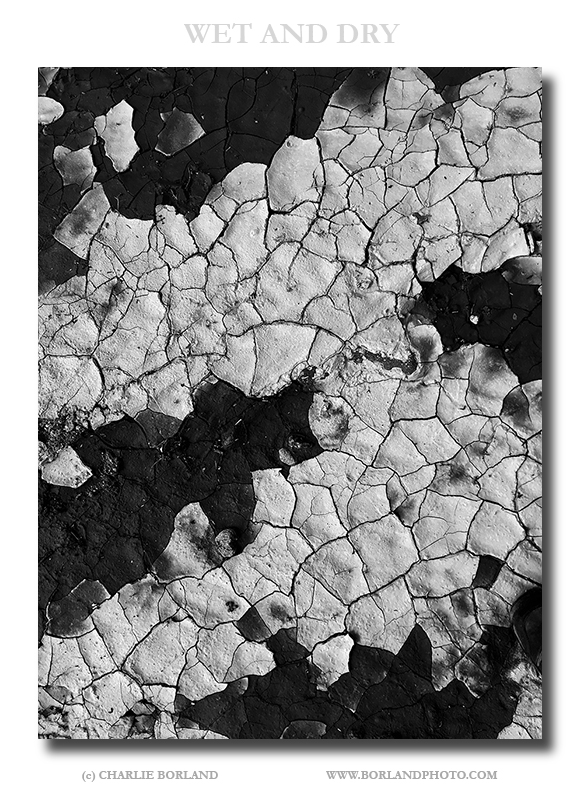
But you can see by this pre-processed image below, the photo would not work without some good processing since it was totally flat looking.
I think Death Valley is SO amazing!
I have photographed in every state in the lower 48 and while our country has the most amazing diversity of landscapes, for me Death Valley is the most unique!
Just my humble opinion!
I have been there more times than I can count and there is always something new. On my last trip, I was driving a road when I spotted the pitch black, almost coal colored geology in the far distance. So I hiked down there and photographed some variety of scenes, all under an overcast sky.
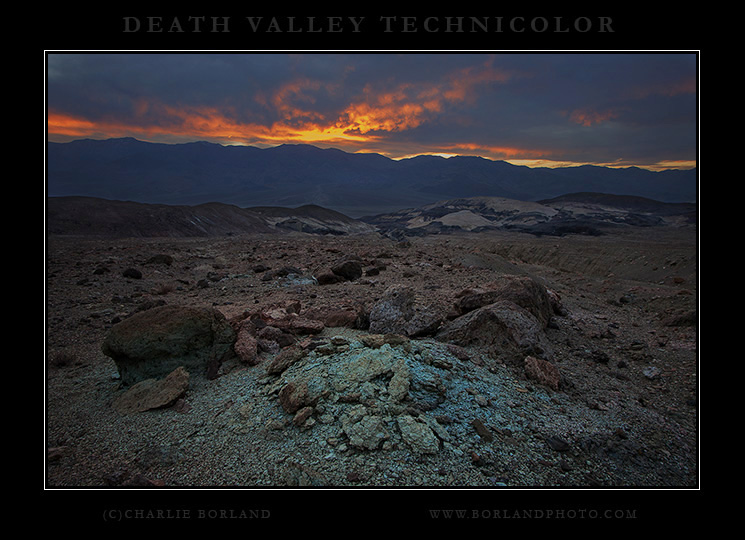 When the sun was setting (before the color show) I started back when I stumbled on this scene of turquoise colored sediment. I have no idea what it was (I am not a geologist) but I knew it would make for a great foreground.
When the sun was setting (before the color show) I started back when I stumbled on this scene of turquoise colored sediment. I have no idea what it was (I am not a geologist) but I knew it would make for a great foreground.
The flowers are out and while I have only hit this location in western AZ, near the CA border, I am hoping to head to the Superstition Mountain and search for their wildflowers soon.
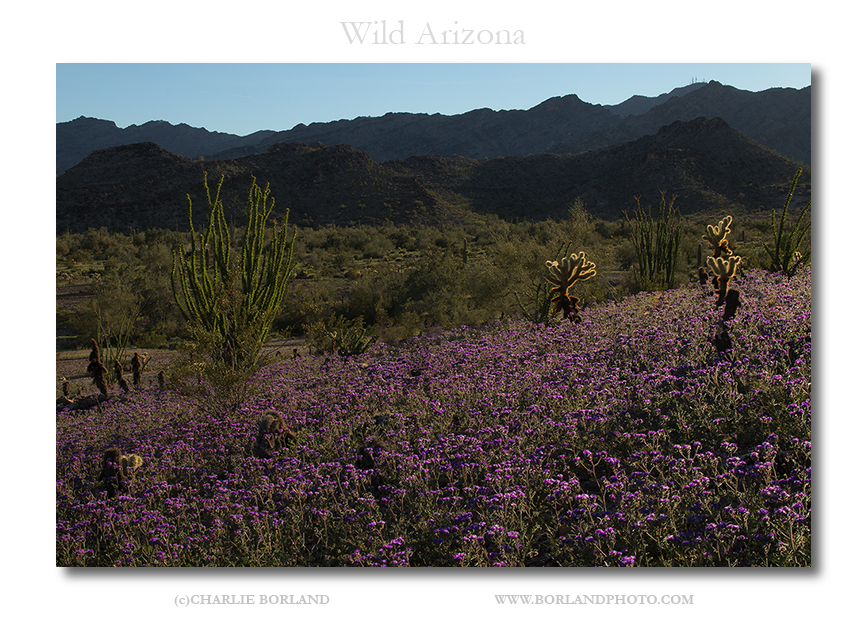
Canon 70D 28-70 f/16 set to 28mm
I zoomed in on this landscape a little. rather than go real wide and the reason is that the foreground flowers are not that close together. But standing further back and zooming slightly, I was able to stack teh flowers and make them look more condensed.
For processing, I am now a big fan of Sean Bagshaw’s Luminosity Mask system where I can select individual sections of an image based on tonal values, or colors, and process each of those individually and it works great.
Check out my ebooks and online courses on the right sidebar.
On a trip through Montana, I went into the Beaverhead NF to explore the ghost town of Coolidge.
While the ghost town was not that photogenic, Elkhorn Creek was lined with some great color.
This fallen log was jammed with debri creating a cascade in the creek. Throw in the rocks and you have a nice balance of blurred water, the still creek leading you to through the picture, and the lines of the colorful willow.
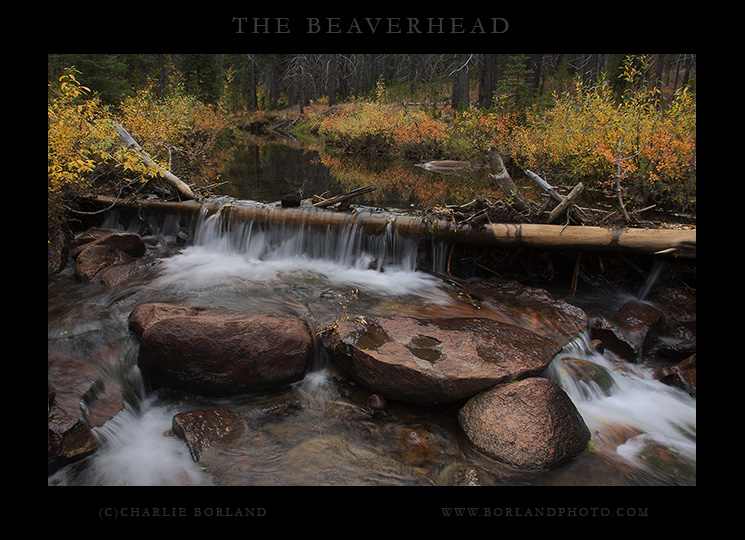
For processing, I used luminosity masks to add detail to the flowing water by darkening it slightly. Then selecting the colorful willows and bumping contrast and saturation, selectively.
Finally, I selected the green forest in the background and darkened them to allow the colorful willow stand out more.
Checkout my eBook, online courses, on the right sidebar.
Related Posts: HDR and Exposure Blending in Glacier NP, Compositing 6 of Me Into One Image
While some might feel this is not nature photography because it is arranged, it sold as a stock photo a couple times including a cover. So who cares, right?
